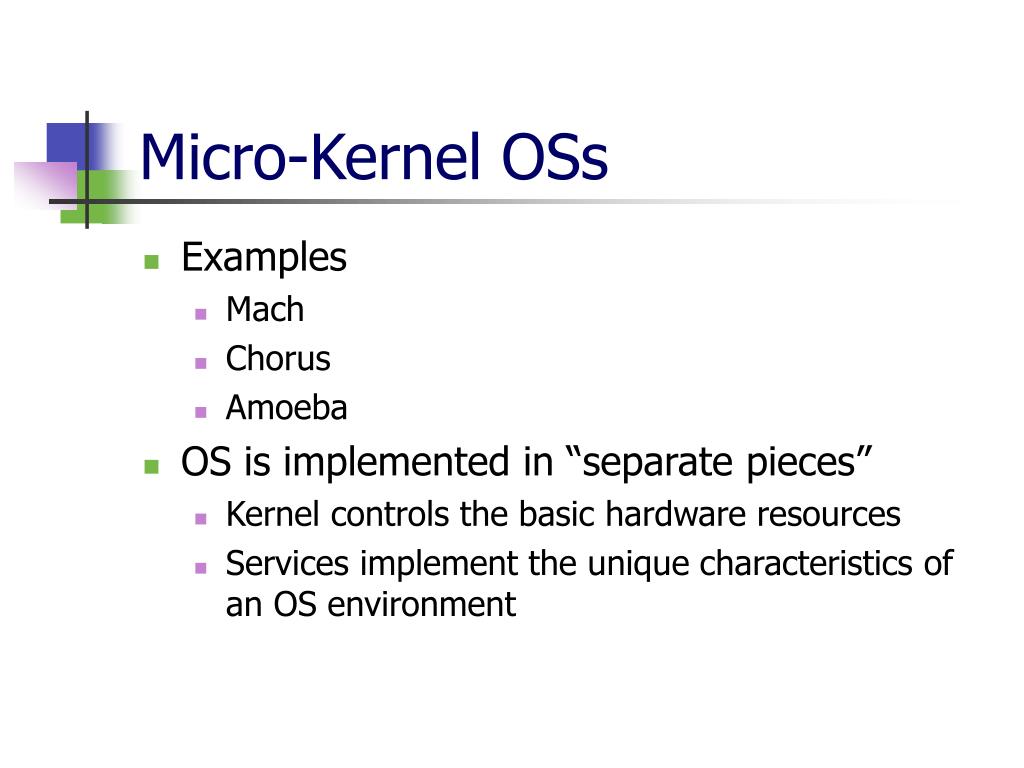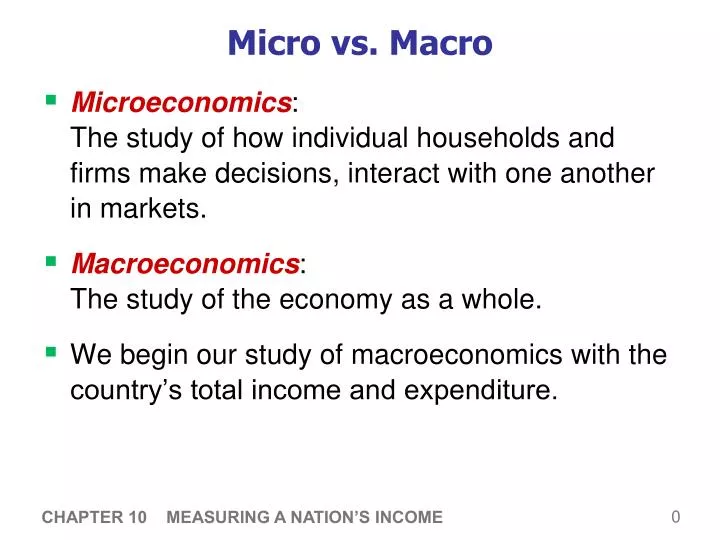
It aims to understand the role of manufacturing and other productive activities on a nation's wealth and how economies grow over time. Macroeconomics is the study of a country's economic policies and their impact on industries, employment, balance of trade, growth, development, national income and the citizens' living standards. This principle isn't only important for understanding customer behaviour, but it can also help manufacturers identify the specific features, functions and pricing that are most likely going to deliver the best experience for certain market segments. By assigning values to the utility consumers can get from purchases, the researcher can estimate their readiness to invest in such items or more desirable alternatives. It assumes that the primary motivation for making financial decisions is to achieve satisfaction. This concept, also called utility, is the satisfaction an individual derives from spending a specific amount of money on a product or service. Related: What Is Fixed Cost and What Is Its Business Application? Financial satisfaction This principle can help manufacturers create an effective pricing strategy that considers depreciation, fixed cost, variables cost, marginal cost and other factors that make the production process possible. Besides the cost of raw materials, production costs also include the interest businesses pay on capital, salary of employees, machinery, supply chain expenses and the budget for marketing and sales campaigns. It's an important concept for understanding the cause-and-effect relationship between changes in production costs and the market price. This theory postulates that producers determine the price of goods or services based on the cost of the productive resources. Permanent Employees (Explaining the Difference) Costs of production It also examines labour contracts, compensation and other important factors that can help companies get maximum value from their workforce. This principle investigates how employers can leverage their personnel for improved productivity and efficiency and the accomplishment of revenue targets. Labour economics is an integral part of productive activities, as the human element is critical for the optimal use of capital, land, machinery and other factors of production.

Understanding production theory can help companies allocate resources effectively to achieve optimal revenue generation and profitability. It investigates the production strategies businesses use to achieve economies of scale, including product selection, marketing strategy and cost optimisation. This microeconomic principle studies the methods of producing goods and creating services. Related: How Does Supply and Demand Work? (With Definitions) Production theory It also influences companies' motivation to produce as it can determine the profitability of their operations. This principle is important for individuals as it influences their scale of preference, which is a list of wants they want to satisfy based on an order of importance. Companies and consumers try to achieve equilibrium, a state where there's adequate supply at the price customers want to buy goods or services. When demand outstrips supply, price rises and it falls when supply exceeds demand. The principle of demand and supply states that the lower the supply of a product or service desired by the buying public, the higher the price. To understand microeconomics, it's important to know its core principles, which include: Supply and demand It can also provide insights into the factors companies consider when allocating productive resources, setting prices and competing in a perfect market. Understanding the principles of microeconomics can help individuals prioritise what to buy based on their budget. It also aims to understand how taxes, market controls, regulations and laws influence human buying habits.
Micro vs macro free#
The key concept of microeconomics is the law of demand and supply, which is the determinant factor for the price of goods and services in a free market. Microeconomics is the branch of economics that studies how individuals, households and businesses make decisions about the allocation of scarce resources. Here's a comparison of the definitions and principles of micro vs.


macroeconomics is, discuss their differences and similarities and define their key concepts. In this article, we define what microeconomics vs. While they share similarities, these two economics branches have key differences that can have a significant impact on research and policy. Whether you want to be a researcher or economist, it's important to be knowledgeable about these two branches of economics to understand concepts like demand and supply, international trade and monetary policy. Economics is a broad social science that is divided into microeconomics and macroeconomics.


 0 kommentar(er)
0 kommentar(er)
